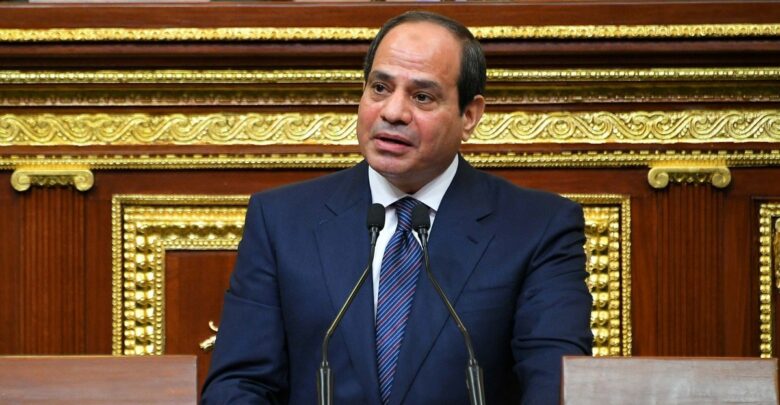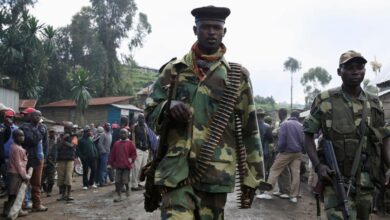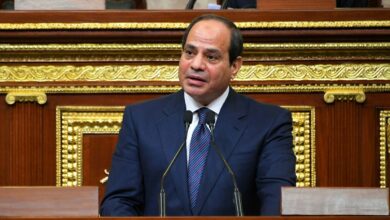
Egyptian President Abdel Fattah al-Sisi on Wednesday warned that “all options are open” after the latest round of talks over Ethiopia’s giant Grand Ethiopian Renaissance Dam (GERD) on the Blue Nile ended without progress, reported Reuters.
Delegations from Egypt, Ethiopia, and Sudan met in the Democratic Republic of Congo’s capital city, Kinshasa, in an attempt to break the deadlock in negotiations. The talks ended on Tuesday with no resolution to the ongoing dispute about the operation and filling of the dam’s reservoir.
“I am telling our brothers in Ethiopia, let’s not reach the point where you touch a drop of Egypt’s water because all options are open,” Egyptian President al-Sisi said.
“We have witnessed the cost of any confrontation,” the Egyptian president added, referring to past regional conflicts.
Sudan’s Irrigation and Water Resources Minister Yasir Abbas also issued a warning on Wednesday, saying that Khartoum is open to all options, including knocking on the door at the UN Security Council, regarding the disputed dam after the failure of the latest round of talks.
“For Sudan, all options are possible, including returning [the matter] to the UN Security Council and hardening policy … [if] Ethiopia embarks on a second filling [of the dam] without an agreement,” the Sudanese minister said.
Meanwhile, Ethiopia’s Irrigation Minister Seleshi Bekele said his country would continue with the filling of the dam’s reservoir during the upcoming rainy season, which normally begins in June or July, despite objection from the two countries.
Egypt and Sudan rely on the Nile River for their freshwater. Both the countries are concerned that the dam might affect their share of the resources.
“There is no need to enter an unnecessary war. A war can’t start because of water. Water flows if you fight today, it’ll continue to flow tomorrow,” Seleshi told reporters on Wednesday.
“As construction progresses, filling takes place,” the minister said, adding “We don’t deviate from that at all.”
The dam’s reservoir has a capacity of 74 billion cubic metres.





